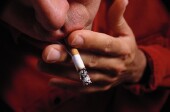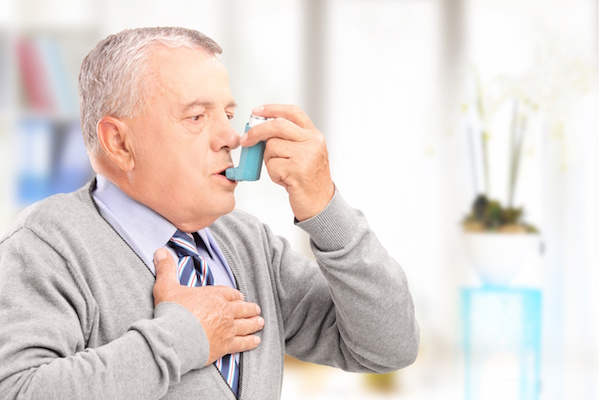
FRIDAY, Dec. 17 (HealthDay News) — The health of nonsmokers who move into homes previously inhabited by smokers could be threatened by tobacco toxins lodged in dust and on surfaces, a new study finds.
This so-called “thirdhand smoke” was found on surfaces even after the homes had been vacant for two months and cleaned and repainted, said researchers reporting online Dec. 17 in Tobacco Control.
“We found that thirdhand smoke is trapped on surfaces like walls and ceilings and in household dust and carpets left over by previous residents,” study author Georg Matt, a psychology professor at San Diego State University, said in a university news release. “The homes of smokers become reservoirs of tobacco smoke pollutants. When new nonsmoking tenants come in contact with polluted surfaces and inhale suspended microscopic dust, they are unknowingly exposed to tobacco smoke toxins.”
The researchers say that thirdhand smoke includes smoking-linked pollutants that linger on surfaces and dust and get re-emitted back into the air or react to oxidants to become secondary toxins.
In the study, Matt’s team examined the homes of 50 nonsmokers and 100 smokers before and after they moved out. They measured levels of nicotine on surfaces within the homes, in the air and on participants’ fingers. The team also collected urine samples from nonsmoking residents after they moved into new homes and analyzed them for traces of cotinine, a marker for tobacco smoke exposure.
The researchers found higher levels of tobacco-linked contamination in dust and surfaces of homes formerly inhabited by smokers versus nonsmoker homes. Levels of nicotine on fingers were also higher among new residents of former smokers’ homes, which also correlated with levels of contaminants on surfaces and in dust, and with urine cotinine levels.
The health outcomes of thirdhand smoke have not been assessed, the researchers stressed, but they suspect that the residues could pose special risks to babies and toddlers who tend to crawl on floors or suck on items in the home.
The study echoes the findings of another report on smoking-tainted living spaces published online Dec. 13 in Pediatrics. That study, from the University of Rochester Medical Center, found that children living in nonsmoking apartments were exposed to smoke from neighbors’ apartments that seeped through walls or traveled through building ventilation systems.
More information
The U.S. Environmental Protection Agency has more on how to protect yourself and your children from secondhand smoke.

